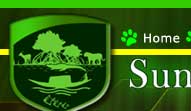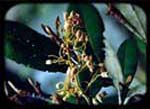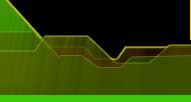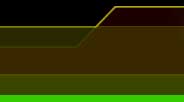According to Champion & Seth classification, the Sundarban forest falls under the sub group 4B tidal swamp forest, with sub-divisions namely, Mangrove type 4B/TS1, 4B/TS2, Salt water type mixed forests 4B/TS3, Brackish type 4B/TS4 and Palm type 4B/E1.
In general, the northern boundary and new depositions are characterized by Baen ( Avicennia marina , A. alba, A. officinalis ) flanked by foreshore grassland of Oryza coarctata (Dhani grass). Baen is gradually replaced by Genwa ( Excoecaria agallocha ) and then Goran ( Ceriops spp .). The southern and eastern associates include Garjan ( Rhizophora spp .), Kankra ( Bruguiera spp .), and few patches of Sundari ( Heritiera fomes ). Hental ( Phoenix spp .) forest exists in relatively high land and compact soil. Dhundul ( Xylocarpus granatum ), Passur ( Xylocarpus mekongensis ) and Nipa fruticans (Golpata) palm swamps are extremely limited.
• True Mangrove species = 26
• Mangrove associates = 29
• Back mangrove species= 29
• Family = 40
• Genera = 60
• Total Species = 84

















